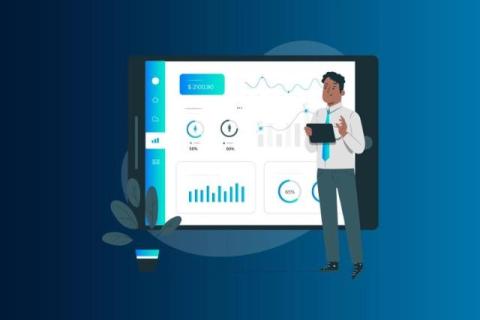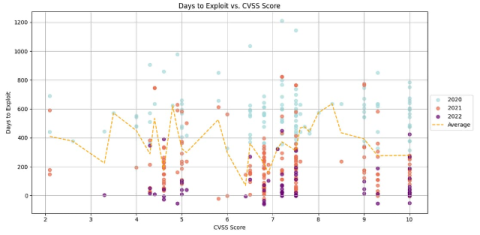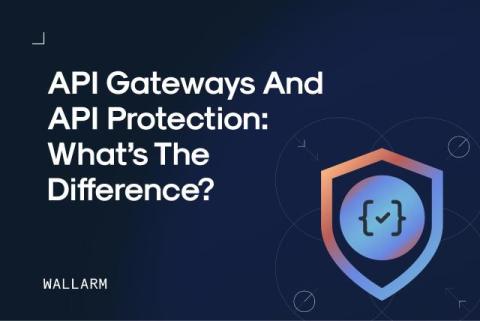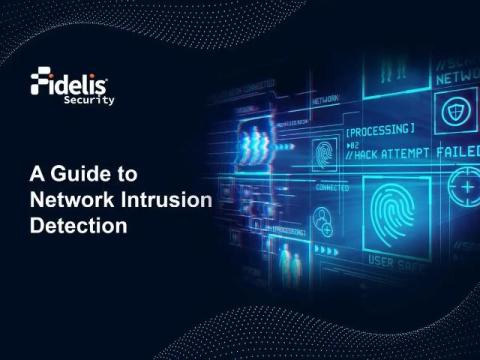The role dark web monitoring plays in regulatory compliance
The digital age has transformed industries, but with it comes a complex web of regulations designed to protect consumers and businesses. From financial services to healthcare, organizations grapple with a growing list of compliance mandates. Failure to adhere to these rules can result in hefty fines and even legal repercussions. Simultaneously, the dark web has emerged as a secret marketplace for stolen data, posing significant risks to businesses navigating complex regulatory environments.











